
The unimportance of practically everything..

Distilled, actionable insights on branding, innovation, creativity, leadership, soul enhancement, marketing, advertising and design thinking

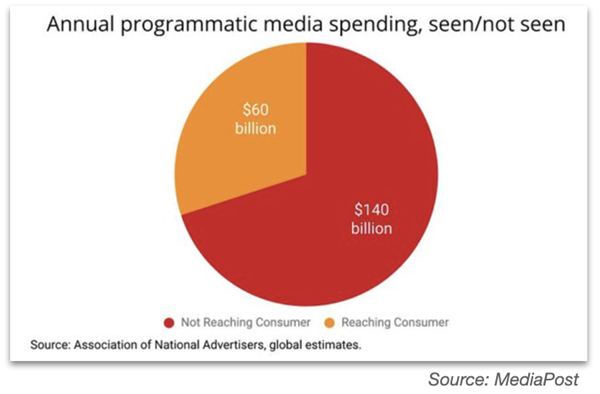
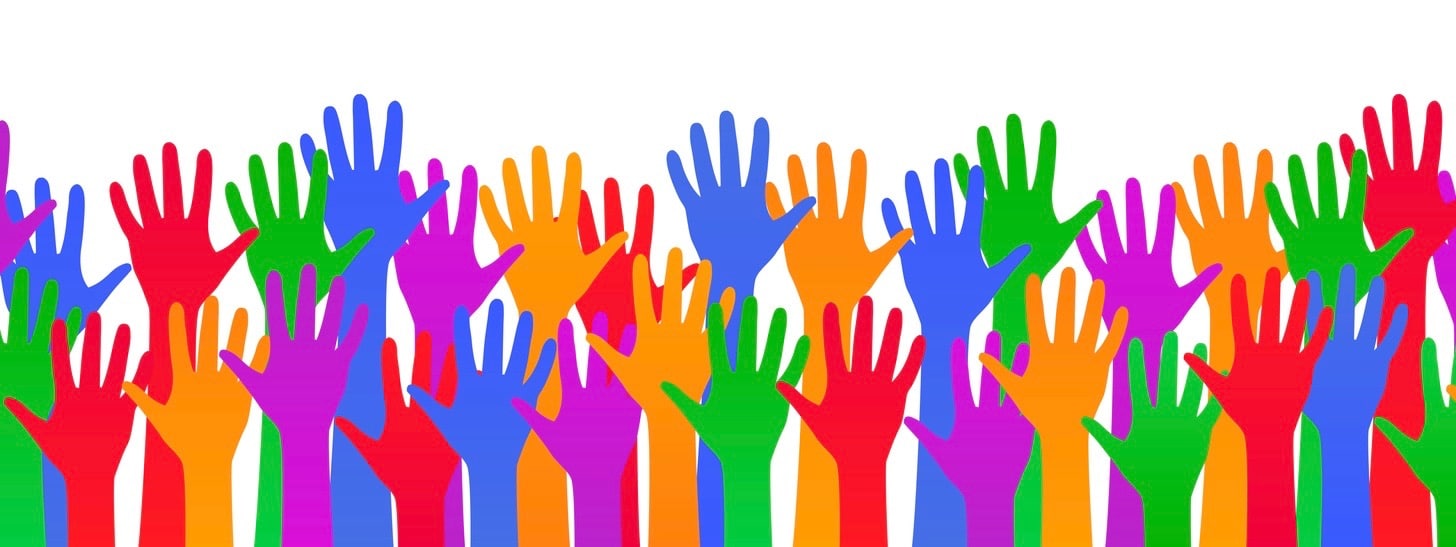
What is Tim Cook’s Secret Sauce?
There will be case studies, books, documentaries about Apple under Tim Cook, but right now inspired by a sharp piece in FT that points out what Cook did with Apple. The piece by Patrick McGee quotes Dan Wang, professor of business at Columbia University.
“[Steve] Jobs had an amazing run, he says, but his focus on products meant revenues were inherently volatile, like that of a fashion company. ‘If you can predict next year’s consumer tastes, then you enjoy all the riches—it’s winner takes all,’ he says. ‘But if you get it wrong, you bear that cost. And what Tim Cook did well is to take Apple out of this cycle of having to search for a new hit product every time’…
“Two major products have emerged in Cook’s first decade, AirPods and the Apple Watch—big successes with market shares of 25% and 31%, respectively. But the services division has proved far more significant. Last year it delivered nearly $70bn in revenue—roughly double that of the Mac, iPad or wearables divisions—and margins were 70%.
“During his time at the helm, Apple’s annual revenues have ballooned from $108bn in the year he took over to $365bn in 2021. Net profits have grown 3.7 times, from $26bn to $95bn.
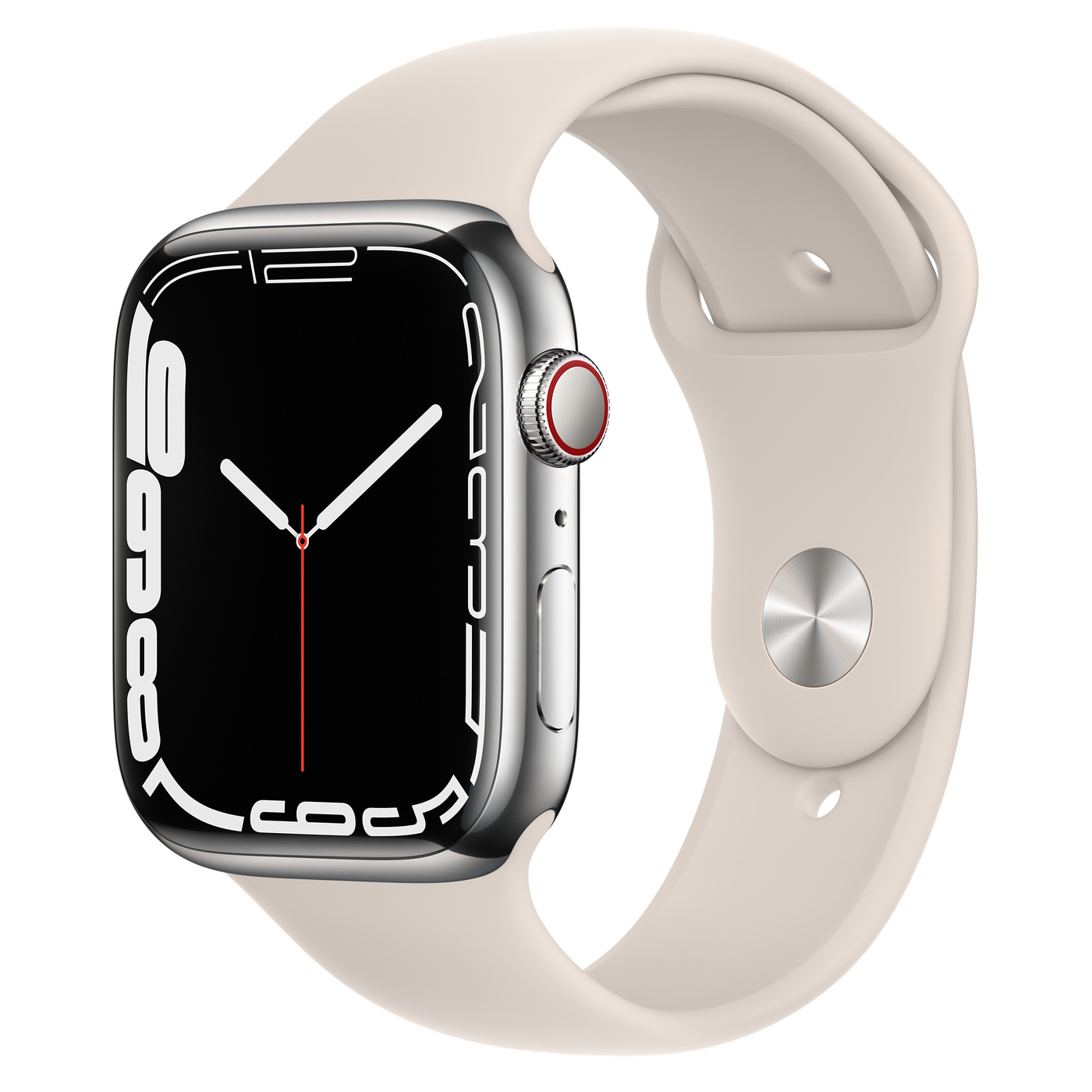
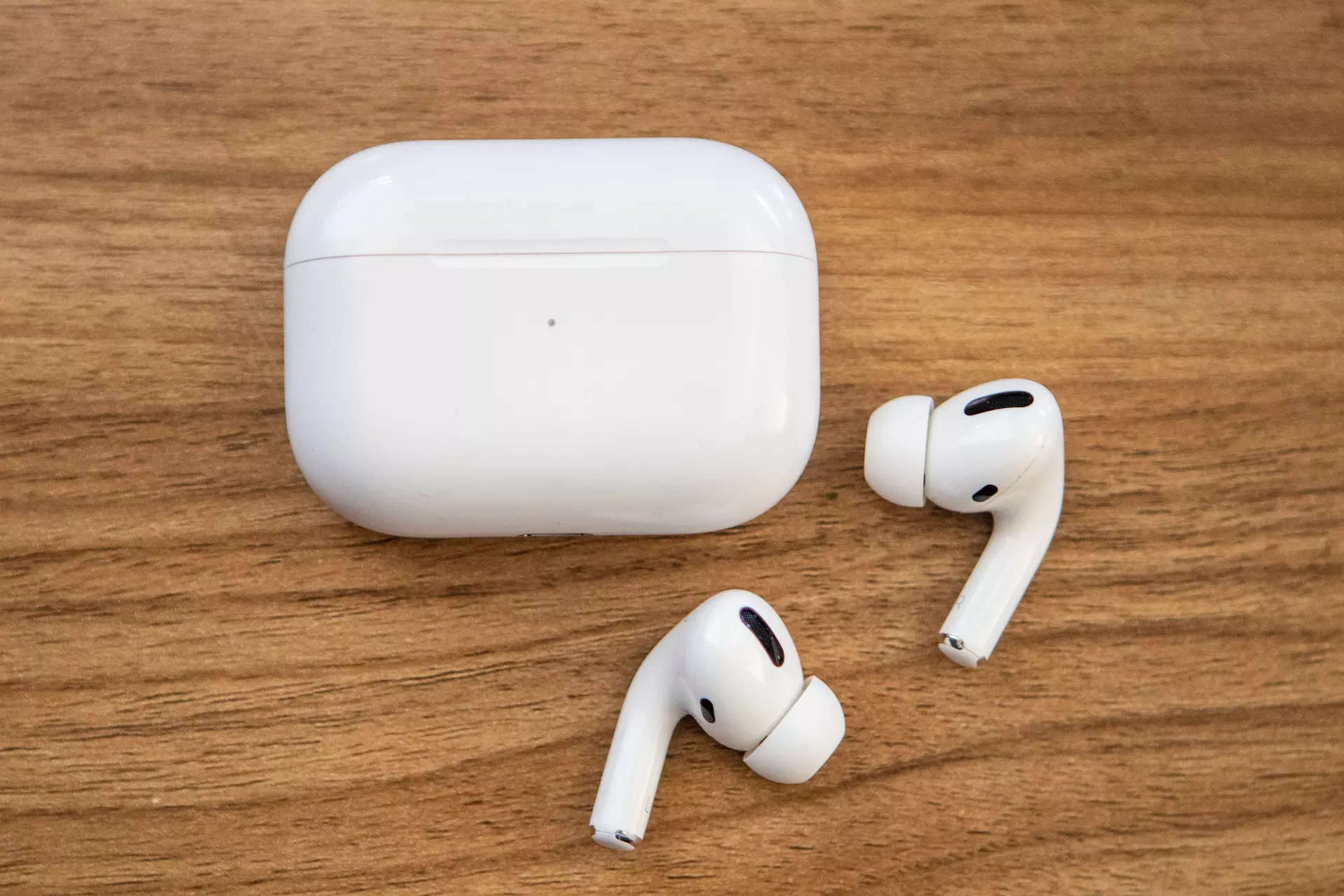
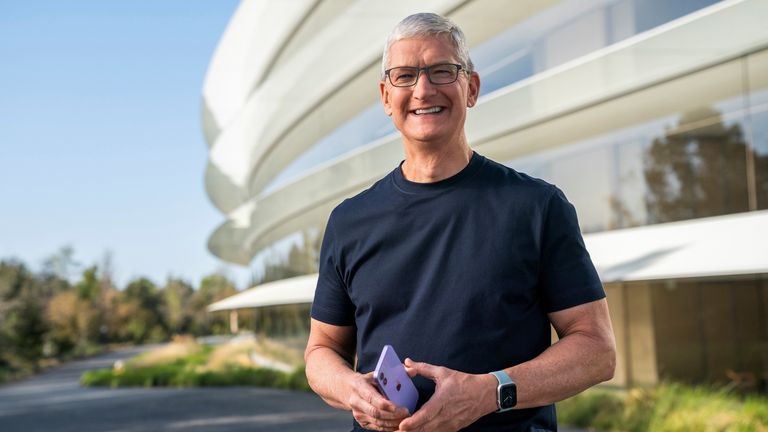
“But more significant is how Cook has built a services juggernaut to eke out every penny of the Apple ecosystem, garnering a steady stream of recurring revenues from App Store fees and nearly 800m customers paying for digital media that expanded during his tenure. That substantially reduced Apple’s dependence on the iPhone—and propelled the company’s share price to a level where its price-to-earnings ratio is now three times higher than what it was a decade ago.”
You can dig deeper in the FT article titled Apple at $3tn: the enigma of Tim Cook
ENDS
Dear Us:
It is an annual ritual to glance over time’s shoulder each year and reflect on what has made it most livable and worthy of living — always the clearest mirror of what irradiated and perturbed our hearts and minds as our uncommon planet made its steady revolution around its common star.
Inevitably, patterns emerge that were not obvious in the moment-by-moment experience. Inevitably, those patterns reveal that however tumultuous the ‘ seasons of being ‘ might feel — and what a tempest of uncertainty and disorientation 2021 has been for all of us in the world, the things that make life most luminous with aliveness are variations on eternal themes, impervious to our passing perturbations.
Here’s to the stubborn symphony of aliveness, the immense power of gratitude, the significant strength of collective hope and the power of incredible AWEssibilities for a wonderful 2022 to you & yours.
Stoically always
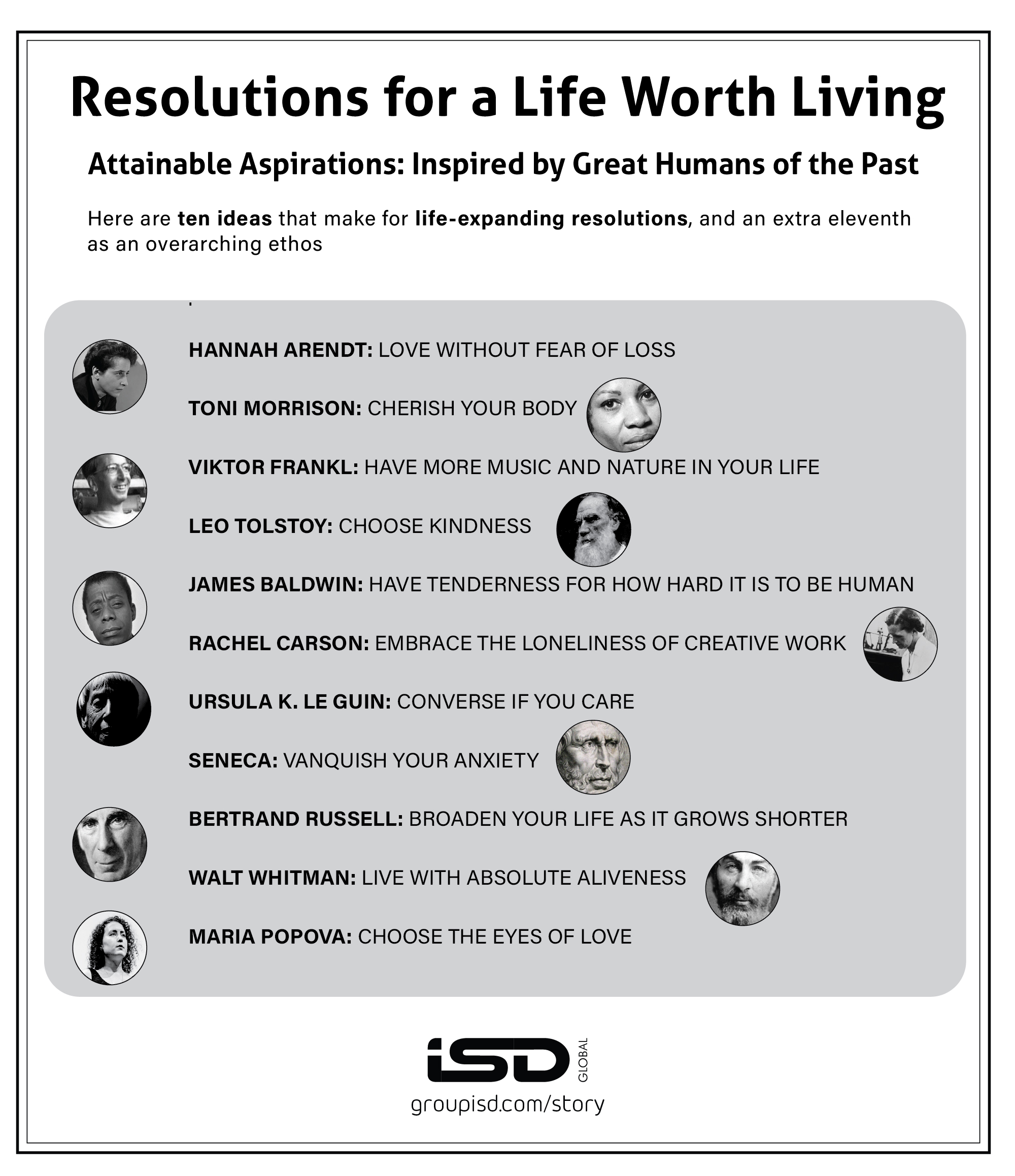
There is no greater fear than the fear of the unknown. Strategic foresight and future thinking exist to help tame the imaginary line connecting now and then. Competence alone is not enough; character and perspective are also required in equal doses. This means that working with the future needs a lot more than hype cycle analyses and predictions about the future of this and that from self-anointed guru-ninja-hackers without any proper training in foresight. Developing strong characters is fundamental to ensuring an ethos of good ancestry.
Practising future-back management is critical to enabling breakthrough innovation and leapfrogs when the road ahead seems rather foggy.
Nurturing a sense of perspective becomes the antidote from getting stuck in antiquated ways of working, thinking and behaving. Marketing’s new research and developments can indeed be quite distracting given their high frequency and volume. In trying to make sense of the new and generate brand buzz from it, marketers end up missing out on rather transformational opportunities – those where the future can be more evenly distributed.
This is rather disconcerting since marketers are often some of the most well-rounded and best-informed professionals in their organisations, with a sharp sense of ‘what’s next’. Still, many get caught by the glitz of the novel, instead of putting their energy in the grittiness of the foresight process.
In fact, when it comes to crystalising the definition of the 21st century marketer, Google conducted an experiment that involved interviewing 30 board members from Fortune 1000 companies, having accumulated more than 1300 minutes of audio and over 100,000 words about the role of the CMO (Think with Google 2020), which was then summarised in one long, important paragraph:
“The 21st century CMO is expected to be a marketing miracle worker, an alchemist who combines classic art of branding with the latest advances in data and measurement. All this while you serve as the connective tissue of the C-suite and stay a step ahead of the rapidly changing landscape of digital technology, cultural trends and shifting consumer expectations – things becoming ever more important to the stock price. Customers matter more than ever and, since you’re responsible for them, your role should matter more than ever too. But board members do not seem to have one cohesive definition of the role.
So, what are you to do?
Internally, steer expectations for your role by defining growth, you have some control over. And recognise that the talent of your team is half the battle to achieving that growth. Hire the best measurement people, because marketing will be held to some metric that is currently beyond reach, and you’ll need them to invent it. There are many ways you can impact revenue – but be prepared to show the ‘I’m indispensable’ maths. And do not forget the most visible CMOs also take big risks. Only three percent of board members interviewed were marketers. Likely, they do not hear you. Listen closely and find the overlap between what the board is interested in and your responsibilities. And, instead of building slides about everything you do, build one slide that puts you in a position to start a conversation around those common interests and goals.”
What is interesting to note is that futures thinking is all over in the paragraph above and yet, nowhere on it. As haiku-esque as a statement, this is the closest to the truth. Strategic foresight and futures thinking are not explicitly mentioned, but implicitly dominate the subtext, with clear emphasis on character, competence and perspective too. Therefore, the opportunity is to nurture the Phewturecast seed, and develop the gravitas required for marketers and their peers to encourage and normalise the allocation of foresight investment. If education is key to opening more doors for foresight, appropriate use of language is the red carpet welcoming the long-awaited guests that can help reshape the future for the better.
For the ambitious marketers out there, this is just the beginning of your futures literacy. Use it and pierce the future through the present.
BEGINS
https://www.groupisd.com/story/
https://www.brandknew.groupisd.com/
Vision: the ability to “think about or plan for the future, using intelligence and imagination”, an “idea or hope of how something should be done, or how it will be in the future” and simply the “ability to see”- MacMillan Dictionary.
The pandemic has taught that foreseeing can be more useful than forecasting. Hindsight is literally 2020 and as for 2021… Well, you have a choice to make: be a hapless passenger relinquishing responsibility for your emotions, feelings and outcomes to other people or choose to be a leader every single day, making a positive impact on those around you and taking accountability in every moment for your own beliefs and actions.
Easier said than done. Confusion and decision paralysis permeate most marketing departments, agencies and publishers – all carefully threading reality, with a little help from the past. But, as we now know, using the past to project the future is a fallacy. The psychological biases binding us to the present and blinding us from the future.
Bounded rationality: challenges the notion of human rationality as implied by the concept of homo economicus. Rationality is bounded because there are limits to our thinking capacity, available information and time.
Hyperbolic discounting: refers to the tendency for people to increasingly choose a smaller-sooner reward over a larger-later reward as the delay occurs sooner rather than later in time.
Availability bias: the human tendency to think that examples of things that come readily to mind are more representative than is actually the case, hampering critical thinking and, as a result, the validity of our decisions.
The present-forward fallacy: the seductive notion that an existing business can be extended out in time indefinitely by continuously making improvements to it. Read more in my post on this at https://www.sureshdinakaran.com/blog/?s=future+back
Tyranny of the urgent: an analysis of the calendars of 27 CEOs over a full quarter showed that, on average, they had 37 meetings per week, which took up to 72 percent of their time. Is it any wonder they have so little time to imagine a better future?
The bridge linking ‘what is’ with ‘what could be’ is intention. Therefore, rather than strategizing on ‘how to better play today’s game’, the big question for brands and organizations becomes ‘what is the game we intend to play to prosper tomorrow?’
Ultimately, it is about having the courage to pave a way that others have not dared to take before. Into the future, and through the predicted challenges of the next few years, great leadership will be our only salvation. The good news is that we all have the ability to be great leaders if we allow true character to overtake the fear and insecurity that form the veneer of our professional personas.
‘What are you on the planet to do and what legacy will you leave?’ This direction comes from a firm belief that our industry influences the minds of every citizen of the planet, with the means to influence other people’s choices, decisions, beliefs and behaviours. It has the power to influence political outcomes, corporate success or failure, and galvanise people behind causes of any kind. Therefore, the talent within marketing, media and advertising are in the ‘leadership’ business with an unsurpassed privilege that is not to be underestimated. This kind of power has the potential to be harmful unless wielded with the ‘right’ moral intent, finely tuned capability, deep wisdom, and ethical awareness.
I firmly hold the belief that every person is born a potential leader, hardwired to rely both psychologically and physiologically on other human beings. Born sociable, no baby is a loner. We are not born haters – or racist, homophobic or misogynistic. No, we’re all born leaders – with the ability to influence those around us. Who doesn’t automatically smile at a smiling baby? Or laugh when you hear them giggle? That’s influence, right there.
Listen More, Listen Better.
The sheer volume of data and insight at marketers’ fingertips is a formidable thing. Marketers can hold a customer’s heartbeat in the palm of their hand and have the ability to foresee when their blood pressure is going up or down. But only if we listen. And who was ever taught how to listen ? Since the invention of Gutenberg’s printing press our ears have been replaced by our eyes, an oral culture of shared stories has been taken over by a visual culture of representative images.
We’re all really good at paying ‘ear service’ (the art of being seen to listen, while simultaneously reading an email, sending a text and thinking about next door’s cat) and then choosing to hear only the things that fit our own narrative (which we are extremely skilled at listening to). If you don’t seek to truly hear what is being said right now, then you’ll fill the gaps based on your own past experiences and patterns from which you’ll create future expectations predicated on your almost subconscious assumptions. This is the opposite of good leadership.
Don’t focus on what you can get; Focus only on what you can give.
Well, here is the real truth. We can’t control what we get. We only have control over what we give. “Great leaders are exhausted every day, not because of how hard they’ve worked but because of how much they’ve given.”
It sounds easy, and it is, but only if you consciously let go of the notion that you are in any way in control of what you get from others.
How many of us want to get more business from our clients, the next promotion, more discounts from our suppliers, more output from our teams, more love from our partners and more joy in our lives? We are apt to think about what we want to get and, if we don’t, we feel frustrated, disempowered, resentful… and then put the blame for those feelings directly on others.
Change the way you think to: what can I give my team to enable them to deliver their goals? How can I support my boss in a way that may make their job a little easier? What can I give to my clients to ensure that they can succeed? What can I do for my suppliers to make it easier for them to manage our relationship? What actions can I take to ensure those I love feel that love every single day? What can I give to the people around me to bring a little joy into their lives today? Because you have 100 percent control over what you give.
The key, therefore, is to learn to rejoice in being and leading uncomfortably. That’s when great leadership becomes the mechanism to transform countries, businesses and people.
Future back is a competence that can be developed by first crafting a vision and then threading it back to the present.
Visioning, in a business context, is about having a clear worldview on the markets of the future and the role that your organisation can play in that new and different world. Having a really powerful vision can unleash the potential to transform whole industries. When we call a business leader a visionary, we mean they have a vivid understanding of their organisation’s best possible future – one that can potentially transform whole industries. Vision is the ‘what’ not the ‘how’. Vision is made actionable through strategy, which is the means to achieve it.
ENDS
Back in the 1920s, Harvard Business School(HBS) professors decided to develop and experiment with innovative and unique business instruction methods. As the first school in the world to design a signature, distinctive program in business, later to be called the MBA, there was a need for a teaching method that would benefit this novel approach.
Central to the case method is the idea that students are not provided the “answer” or resolution to the problem at hand. Instead, just like a board member, CEO, or manager, the student is forced to analyze a situation and find solutions without full knowledge of all methods and facts. Without excluding more traditional aspects, such as interaction with professors and textbooks, the case method provides the student with the opportunity to think and act like managers.
HBS professors selected and took a few pages to summarize recent events, momentous challenges, strategic planning, and important decisions undertaken by major companies and organizations. The idea was, and remains to this day, that through direct contact with a real-world case, students will think independently about those facts, discuss and compare their perspectives and findings with their peers, and eventually discover a new concept on their own.
So far, so good.
In lecture courses, claimed a Harvard professor, students ” are waiting for you to give the ‘answer ‘ “. There is a built-in bias against action. What we say with the case method is : ” Look, I know you don’t have enough information, but given the information you do have, what are you going to do? “.
Consider a typical scenario. James is the CEO of MegaCorp Inc. What should the company do now? The professor and almost 90 of James’ classmates anxiously await his response to the totally ‘ cold call ‘- designed to ensure that students have prepared the case. James did give it a long thought. After all, he was told that the case study method is intended to ” challenge conventional thinking “. He has also been reminded that good managers are decisive, good MBA students must take a stand. So James swallows hard and answers the question.
” How can I answer the question? “- James begins. ” I barely heard about MegaCorp Inc before yesterday. Yet today, you want me to pronounce on its strategy. As is typical at Harvard, James was working on two other case studies the previous night, so he barely had a couple of hours to prepare on the MegaCorp Inc case. He had never knowingly used any of the MegaCorp products. Until the previous day he did not even know that the rat poison that he used on his basement was made by the same MegaCorp Inc. He had never visited any of its factories nor has been anywhere close to ‘ You Never Know Where, Newfoundland ‘, where MegaCorp is headquartered. He has never spoken to any of the company’s customers(except of course himself). James says ” My previous experience(the little there was) took place in a furniture company. MegaCorp is a high-tech company and I am a very low tech guy. All I have to go by are these few pages. This is a superficial exercise. I refuse to answer your question “.
What happens to James? At the business school, I will let you hazard(?) a guess. But from there James moves back to the furniture business, where he immerses himself in the products, the process, the people. And with his courage to be decisive and with an appetite to challenge conventional thinking, James rises to the position of the CEO. There with hardly any ‘ industry analysts ‘ at all, James and his colleagues learn their way to a strategy that transforms the furniture business.
Meanwhile, John, who is sitting next to James in class jumps in. He too has never been to ‘ You Never Know Where, Newfoundland ‘. But that doesn’t stop him.He makes a clever point or two and gets that coveted Harvard MBA. This gets him into a ‘ prestigious consulting firm ‘, where as in those case study classes, he leaps from one situation to another, each time making a clever point or two, concerning issues he recently knew nothing about, always leaving the firm before implementation (action) begins.
As this kind of experience rolls in, John doesn’t take far too long in becoming the CEO of a major appliance company.(He never consulted for one but it does remind him of that MegaCorp case study). There, after downsizing( it’s fashionable you see) a few thousand unsuspecting Human Resources, he formulates a glitzy high-tech strategy, which is implemented, so to speak, through a dramatic program of acquisitions. What happens to that?? Guess again!
Readers (of the book ‘ What they Really Teach You At Harvard Business School ‘by Philip Delves Broughton) are probably asking , ‘ Read the case and do that analysis in two to four hours?’ Harvard’s answer is YES. Students need to prepare two to three cases each day..so (they) must work toward getting their analysis done fast as well done well.
Some years back, HBS ran an ad in The Economist for it’s executive education programs. It had a dapper, uber smart looking executive-woman saying, ” We studied four companies a day. This isn’t theory. This is experience.”
Sorry. This is nonsense.
There was a book released in 1990 called ‘ Inside the Harvard Business School ‘ by David Ewing, for long, an insider. The first line of the book makes a sweeping statement ” The Harvard Business School is probably the most powerful private institution in the world “.The book listed 19 Harvard alumni who had made it to the very top, the school’s superstars as of 1990. If you took a look at the post 1990 records of all 19, to see how they fared, there was only one word to describe it- BADLY. 10 of them clearly seem to have failed(meaning their company went bankrupt), they were forced out of the CEO chair or a major merger backfired, or the like. Performance of another four appeared to be very questionable. The other five seem to have done fine.
To conclude, most MBA students enter the prestigious HBS or similarly profiled hallowed Ivy Leagues smart, determined, aggressive. There, case studies teach them how to pronounce clearly on situations they know little about , while analytic techniques give them the impression that they can tackle any problem- no in-depth experience required. With graduation comes the confidence of having been to a proper business school, not to mention the ‘ old boys ‘ network that can boost them to the top. Then what??
Begs the question!! Case Study or Case Unsteady?
Ready. (Case) Study. Go!!
ENDS
If I recall right, AMEX Credit Cards used to have this seminal tagline ‘ Don’t Leave Home Without It ‘ coined by advertising great David Ogilvy. But your visa to a perfect quip or comeback after it didn’t matter—a minute, hour, or day after one of your conversations has ended? Yes, you got it. The best master card up your sleeve – WIT.
No need for WIThdrawal symptoms. You’re not doomed to sit by as ‘clever’ companions exchange sharp banter. You can practice being wittier, improving your reaction times and ability to land a jab or joke at just the right moment. Jokes don’t warrant social distancing. That was CoWIT talking.
Unlike perceived, WIT isn’t just for some gifted linguists. Playing with language—elevating mundane communication from mere talk into a creative process—is a form of innovation that sheds new light on old ideas. Plus, vitally, it makes life less boring and more fun for you and others. So, in short, we can all get better at being ‘ clever ‘.
Just as those highly skilled auto drivers on the Bombay roads, if you can turn around (just like they do on a 6 cm radius!) words and phrases in the mind and present new juxtapositions, one can change the way we and other people see. Yes, it’s the road less travelled. But worth taking. So, get on WIT(h) it!
The wittiest among us are simply people who make unusual connections between words and ideas. And never verse off for it. Observations- Refreshed. Surprised!
In cognitive terms, the brain of the wit is less inhibited than that of a linguistic dullard. In other words, fairly, well ventilated shall we say? Are you WIT(h) me? Unabashed, uncensored access to associations, conscious and unconscious, is essential to wit. Apologies, people with brain damage don’t qualify!
The caudate nucleus is one area( 2 kms south of Mira Road..just kidding) of the brain implicated in associative learning and control of inhibitions that may explain how wit is generated. Likewise, the frontotemporal region( east of Kandahar..by now you know!) influences personality, language, and emotional development. Knowing precisely how these areas of the brain interact and regulate thinking will lead to a better ‘ scientific comprehension of wit ‘. That is if you really are bothered about all of this in the first place.
So, if you are looking at a guide to ‘ advanced banter ‘, don’t wait for a breakthrough in brain science to cultiWEIGHT wit. (W)It’s reasonably simple. Just knowing that wit is a kind of associative process already makes you better equipped to be a verbal gymnast. The variety of the play of wit manifests through—puns( tumhee pun na!!), rhyme, metaphor, slang, rap(chick), to name a few.
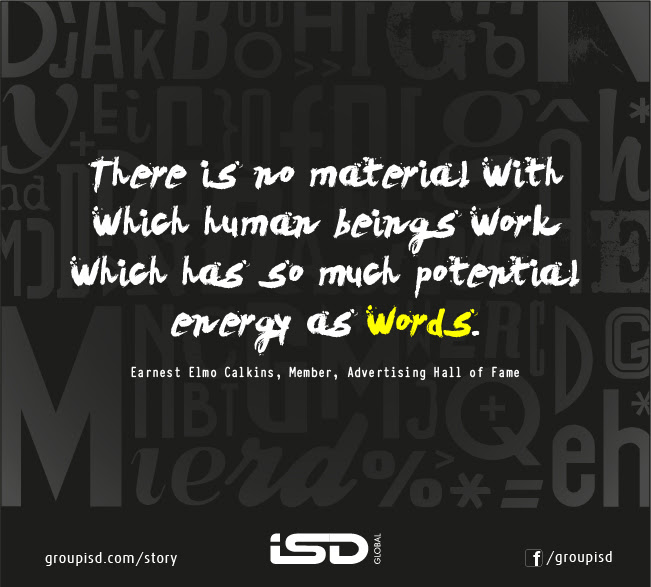
The encouraging thing to understand here is that being creative about language can be mastered with practice. It’s not all natural talent. If you make peace with history and take a piece of it, in analyzing how wit arises or why we might rely on it, the oldest and most revered texts in the world, from the Tao Te Ching(nothing to do with what Neena Gupta endorses) to the Bible to the plays of William Shakespeare are replete with language play. When all the world is a rage, wit has a role to play. Perhaps on centre stage?
With linguistic gymnastics, we can reach people who might not otherwise think they’re interested in certain ideas and break down barriers. Hip-hop and rap, for example, exposed generations of music listeners of all classes and races to black culture they didn’t encounter in their own lives. (And Shakira has taught us that hips don’t lie). Wit’s an efficient way to say more with less, as in the case of a metaphor, or to expose unexpected mean ink, alternately meaning.
Wit is the antidote for a culture being dulled by communication overload—it’s a kind of wisdom. In Aristotle’s words, it is a form of “ educated insolence. ” If we were cracking wise, rather than vice versa ie reacting angrily, and being wittier(or Twittier?) on Twitter(now X), we might all have a much better time. The rate of exchange between strangers and acquaintances online has never been so high(BSE/NASDAQ/FTSE etc please take note). But internet chatter is often toxic and commonly resorts to vitriolic retorts( would have preferred witriolic), angry declarations, and unnecessary observations. Wish that closed minds came with closed mouths. Hence, so many of us feel we are at our wit’s end.